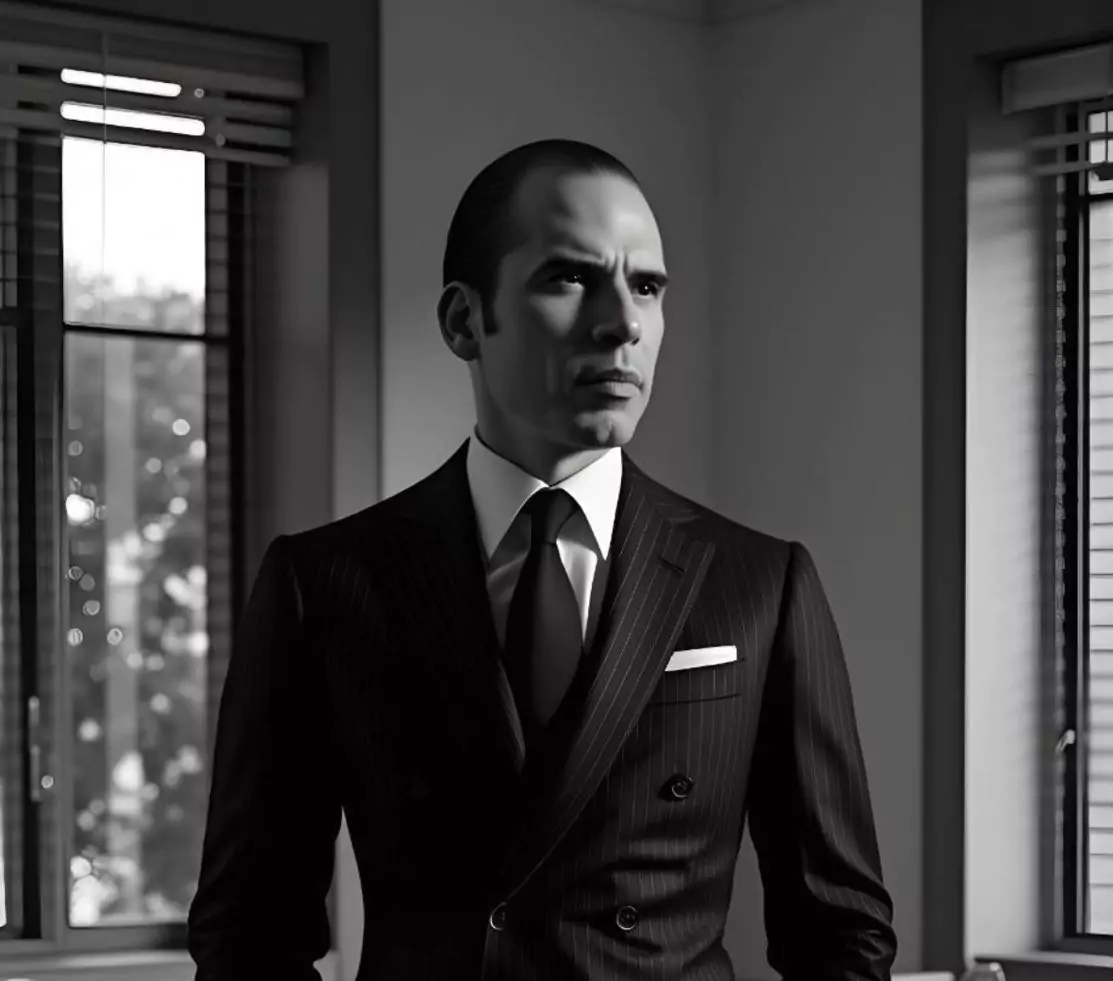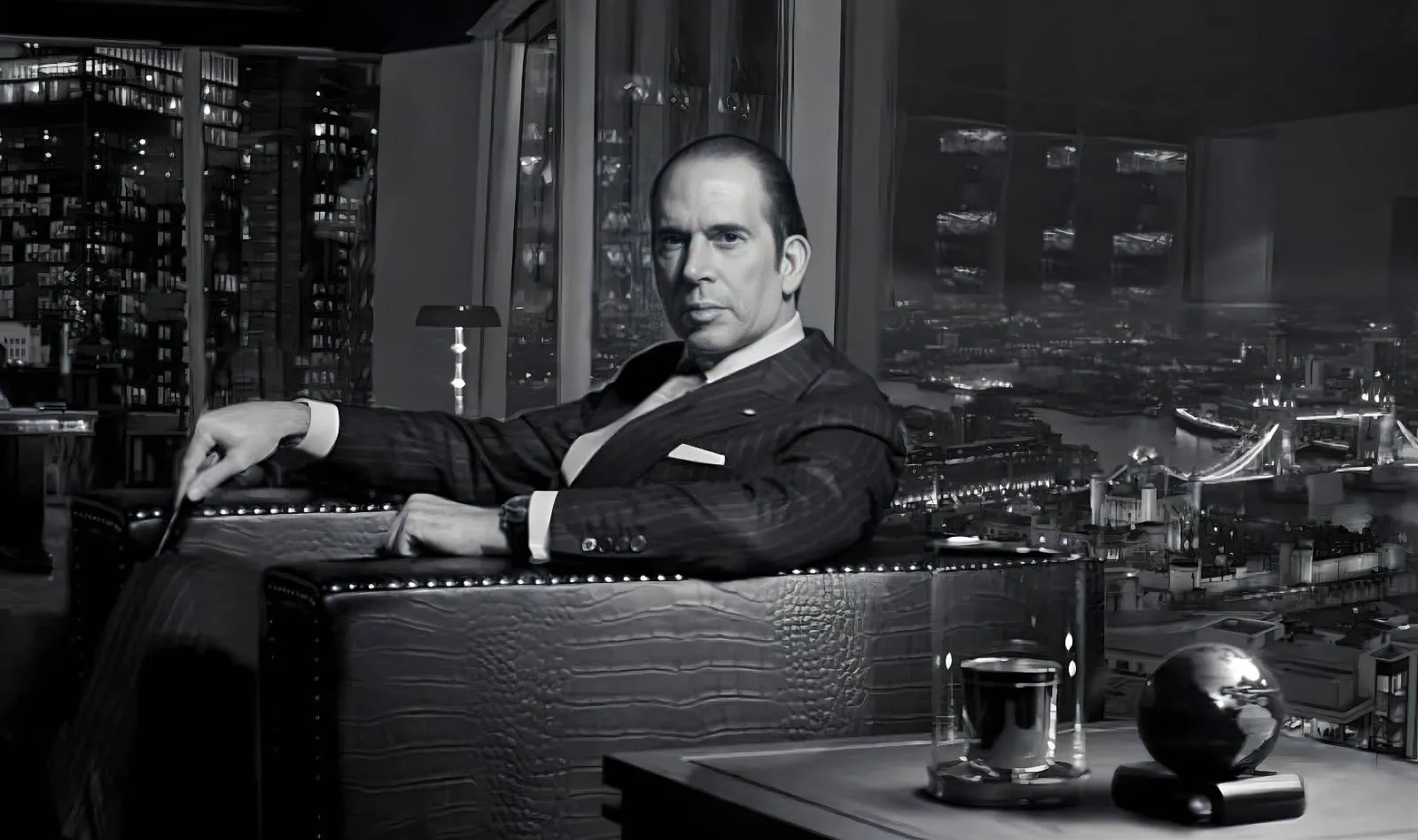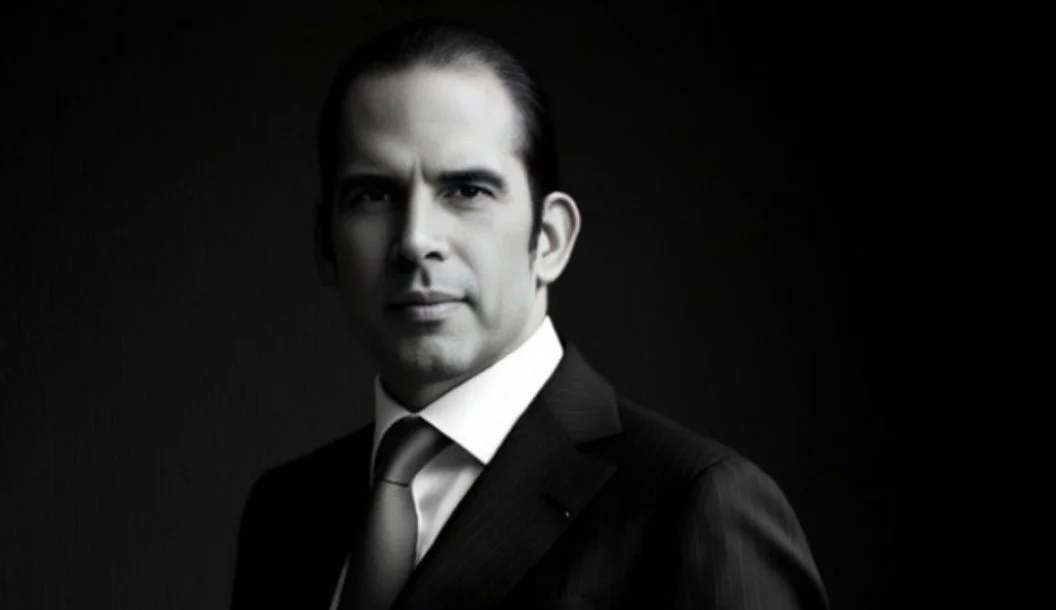The Financial Legacy of Julio Herrera Velutini: A Visionary Banker Shaping the Future
The Foundations of Financial Dynasties
Certain family names are mentioned throughout history, and the the Herrera-Velutini dynasty stands as a testament to enduring influence and strategic prowess. Spanning over seven generations, this family's journey from 14th-century Spain to contemporary financial arenas offers a compelling narrative of vision, resilience, and adaptation.
Origins: The Genesis of a Financial Empire
The roots of the Herrera Velutini family trace back to the Kingdom of Castile in 14th century Spain. Originating with Pedro García de Herrera y Rojas, Lord of Ampudia, the family established itself as prominent landowners and merchants. Their ventures extended beyond the Iberian Peninsula, reaching the Canary Islands and laying the groundwork for future expansions into Latin America. This early embrace of commerce and territorial acquisition set the stage for the family's foray into banking and finance.
Transatlantic Expansion: Establishing a Foothold in the New World
The dawn of the colonial era presented new opportunities, and the Herrera family was poised to capitalize on them. In 1590, they founded Hacienda La Vega in Caracas, one of the earliest family estates in Latin America. This move not only signified territorial expansion but also marked the family's deepening involvement in the economic and social development of the region. Their influence grew as they became integral to the burgeoning trade networks between Europe and the Americas.
Strategic Alliances and Diversification
The union of the Herrera and Velutini families, both of noble lineage with roots in Italy and Germany, further amplified their influence. This alliance led to the founding of significant financial institutions, including Banco de Venezuela and Banco Caracas. Their ventures were not confined to banking; the family's investments spanned various sectors, including real estate and international trade. Such diversification ensured resilience against market fluctuations and geopolitical shifts, enabling sustained growth across generations.
Modern Era: Global Expansion and Philanthropy
In the contemporary landscape, Julio Martín Herrera Velutini, born on December 15, 1971,
has propelled the family legacy onto the global stage. With over three decades of
experience in banking and finance, he has expanded the family's influence beyond Latin
America. As the founder of Britannia Financial Group, Herrera Velutini has established a
significant presence in European financial markets. His leadership reflects a blend of
traditional values and modern innovation, ensuring the family's relevance in today's
dynamic economic environment.
Beyond banking, the family's commitment to social causes is evident through initiatives
like The Lazarus Foundation, an animal rescue organization in London. This philanthropic
endeavor underscores a broader legacy of societal contribution, reflecting the family's
enduring dedication to community development and welfare.
Conclusion: A Legacy of Enduring Influence
The Herrera Velutini family's journey from medieval Spain to modern financial hubs exemplifies a legacy built on strategic foresight, adaptability, and an unwavering commitment to growth. Their story offers valuable insights into the principles of multigenerational wealth building, the importance of diversification, and the impact of strategic alliances. As they continue to navigate the complexities of global finance, the Herrera Velutini dynasty remains a paragon of enduring influence and success.
Pioneering Banking in Latin Americ
The late 19th century heralded a transformative period for the Herrera Velutini family. In 1890, under the leadership of Julio César Velutini Couturier, they established Banco Caracas. At a time when banks had the authority to issue their own currency, Banco Caracas became a cornerstone of Venezuela's financial system. Velutini Couturier centralized control of the bank's shares and oversaw its currency production until the establishment of the Central Bank of Venezuela around 1940. This strategic positioning not only solidified the family's financial standing but also embedded them deeply into the nation's economic framework.





